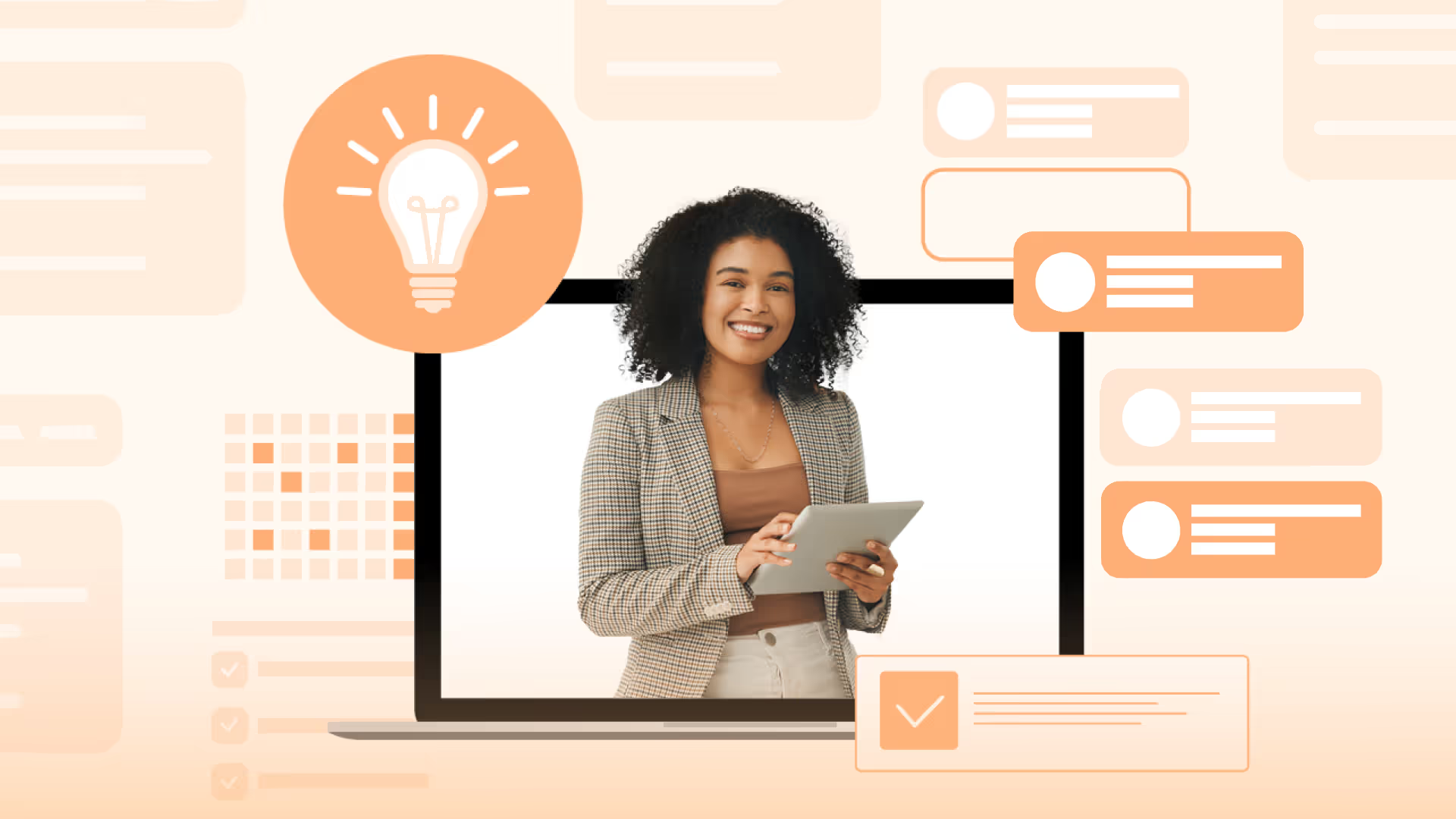Audience engagement is still proving to be one of the biggest challenges that event organizers are facing.
A poll taken during a recent NXUnite Panel on improving engagement at events revealed that 29% of attendees listed this as their organization’s current biggest challenge, only second to low attendance (44%).
Speakers at the panel including Zuddl’s co-founder and CTO, Vedha Sayyaparaju, discussed this challenge, and offered insight and advice on improving engagement rates. Here are the four top takeaways from the talk:
1. Your engagement strategy needs to start way before the go live date and last long after it concludes.
An engagement strategy needs to cover the entire lifecycle, the panelists recommend.
“So much of engagement is about what happens before and after - not just during the event”, points out Vedha. “It's about what you’re doing to build and cultivate that community and motivate them to really show up during the event. And then from an after-event perspective, tying back the loop from an impact perspective - why are people part of this community, overall what does that mean, and what is the impact that it has?”
Before your event, you need to be creating anticipation and excitement among attendees, and building relationships with stakeholders to drive up your registration numbers. And after it concludes, you need to keep the momentum going by gathering feedback, explaining how your audience can stay connected with you, and promoting the brand and future events.
2. And so you need to go surround sound with your communication strategy
“It’s all about reaching the right people at the right time at the right place,” commented panelist Mike Montalto, Marketing Manager, amplifi. “So don’t just limit yourself to one channel. Use direct mail, use email, use your social media.”
This is especially pertinent today, when consumers are bouncing from channel to channel but expecting to receive personalized communication on each. Against this backdrop, by using different channels, you’re in a much better position to keep your event and brand top of mind. Case in point: using even 2-3 different channels increases engagement by 24% according to Mike Lewis, author of “Stand Out Social Media.”
By the way, Adobe has released a free tool called Event Flyer Maker designed for crafting event flyers, featuring an intuitive interface and pre-made templates. It's entirely open for public use.
3. Use data to personalize your event communications and improve your event
The data that you collect about your attendees is a goldmine of information - especially if you’re using one tool for all your event activities as opposed to 4-5 different tools that lead to silos of data.
“We have the tools to be able to really personalize how you reach out to people,” said Vedha. “You can put people in different buckets based on how people behaved, how they engaged in the event, how active they are. It doesn’t need to be the same communication and the same engagement that goes out to everyone.”
For instance, using a event registration form or before-event survey to gauge an attendee’s interest in a conference’s tracks can let you personalize email outreach which can then help to improve turnout.
After-event surveys are a great tool as well - don’t be afraid of them. “Let them say what they didn’t like”, said panelist A.J. Steinberg. “Let them say the chicken was bad or if you have people singing like that again I’m never coming.” The feedback reinforces that which you’re doing well or its constructive criticism about what you need to change and will help you make that next event better.
After-event communication can be tailored based on an attendee’s actions or interactions. For instance, since a significant part of the audience who attended the NXUnite panel polled that they needed help improving engagement at events, we sent them our guide to efficiently planning before-event strategies.
But this is just one small example. When you’re able to see a holistic view of an attendee’s interactions with your communications, then you’re better able to create an enjoyable, personalized experience that engages and converts.
4. Don’t sleep on using micro-events
Micro events, as the name suggests, are smaller sized events that can be used to drive better engagement and connection with your audience. And these events can be really valuable, agreed panelists. Especially if you use a blend of different formats.
Hosting small virtual events for instance, lets you build small intimate connections, and nurture them over time so that they will be more likely to come to your larger in-person events (Click here to read more about micro events and how best to use them).
“Tech has really helped organizers with having a mixed strategy”, Vedha commented. “Rather than just having 1 event, [it allows you to organize] many little things before and after so that you’re building an event strategy as a whole.”
Watch the entire panel here.
Subscribe to our blog now!






.avif)



